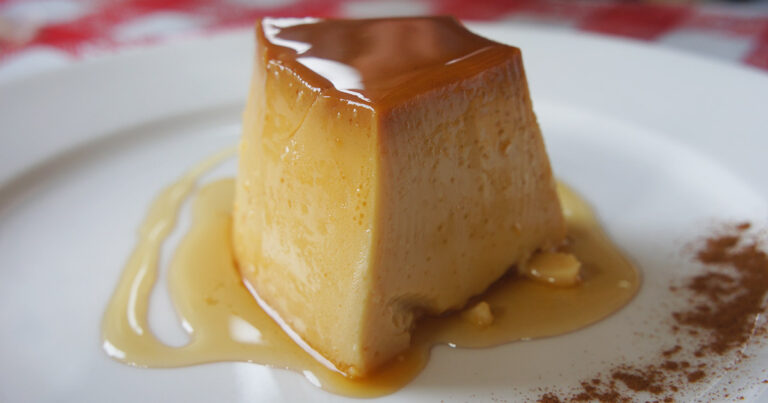Introduction: Discover the Sweet Side of Peru
Peruvian cuisine is well known for its diverse flavors and ingredients, and that includes their desserts. Peruvian sweets are unique in that they reflect the country’s cultural heritage and its fusion with other cultures. From traditional recipes to modern twists, Peruvian desserts are a must-try for anyone with a sweet tooth.
Peruvian desserts are often made with ingredients such as lucuma, quinoa, purple corn, and sweet potatoes. These ingredients are combined with milk, sugar, and spices to create mouth-watering treats. Whether you’re visiting Peru or looking to indulge in some Peruvian delights at home, here are some popular Peruvian desserts that you won’t want to miss.
Classic Peruvian Desserts: From Quinoa Pudding to Picarones
Peruvian cuisine has a long history, and many of its classic desserts have been enjoyed for centuries. One such dessert is quinoa pudding, made with quinoa, milk, cinnamon, and sugar. Another popular classic dessert is picarones, a type of fried doughnut made with sweet potato and pumpkin, served with a sweet syrup made from molasses and spices.
Another classic Peruvian dessert is the infamous tres leches cake, a sponge cake soaked in a mixture of three types of milk (condensed milk, evaporated milk, and heavy cream), topped with whipped cream and fruit. If you are a fan of flan, you should try Peruvian flan, which is made with dulce de leche, a caramel-like sauce made from sweetened milk.
Indulge in Traditional Peruvian Sweets: Alfajores and Mazamorra
Alfajores are a type of sandwich cookie filled with dulce de leche and covered in powdered sugar. They are a popular dessert throughout Latin America, but the Peruvian version is unique in that it uses cornstarch instead of flour, resulting in a crumbly texture. Mazamorra is a sweet pudding that can be made with purple corn or other fruits such as pineapple or mango.
Another traditional Peruvian sweet is the king of fruits, the Peruvian Pisco. Pisco is a brandy made from fermented grape juice, and it is used to make a variety of cocktails, including the famous Pisco Sour. But did you know that Pisco Sour is also a dessert? Pisco Sour cake is a light sponge cake soaked in Pisco and topped with a tangy lemon frosting.
Where to Find the Best Peruvian Desserts in Peru and Beyond
If you’re planning a trip to Peru, make sure to visit the local markets and bakeries for a taste of their sweet treats. In Lima, you can find a variety of dessert shops, including La Casa del Alfajor, where you can try some of the best alfajores in the country. For a taste of traditional mazamorra, head to Arequipa, a city in southern Peru.
If you’re not able to travel to Peru, don’t worry. Many Peruvian restaurants around the world serve traditional Peruvian desserts, and you can also find some ingredients online to make some of these delicious sweets at home.
Conclusion: Satisfy Your Sweet Tooth with Peruvian Delights
Peruvian desserts offer a unique and flavorful experience that you won’t find anywhere else. From classic recipes like quinoa pudding and picarones to modern twists like Pisco Sour cake and purple corn cheesecake, there is something for everyone. Whether you’re traveling to Peru or trying these desserts at home, we hope you enjoy exploring the sweet side of Peruvian cuisine.

